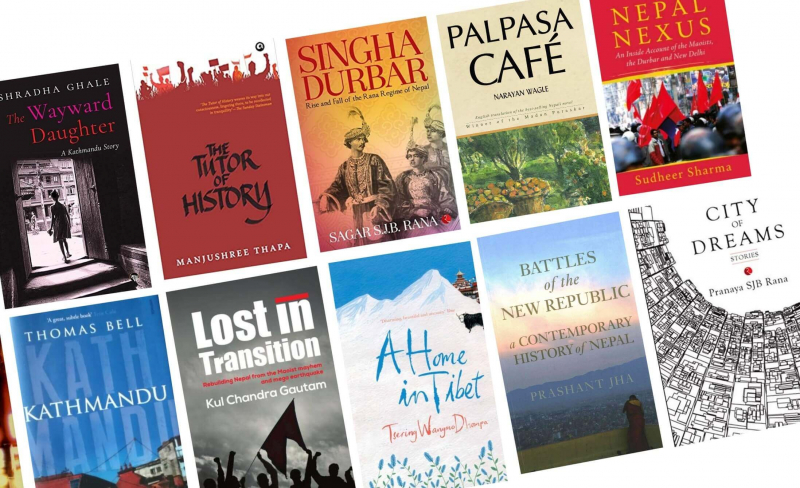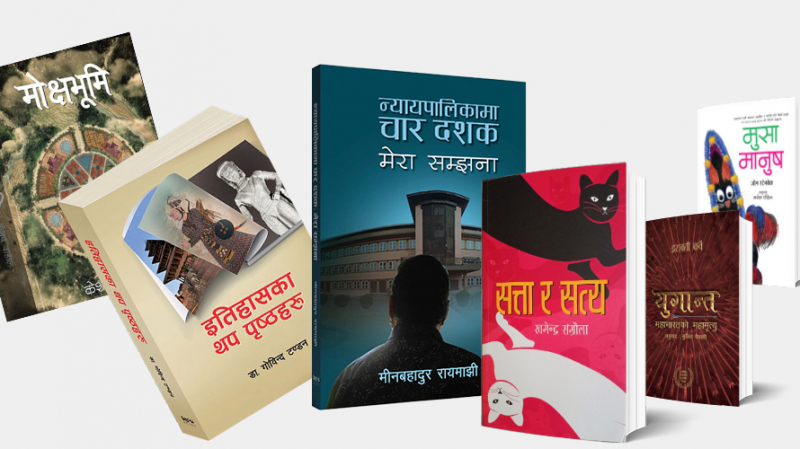Literature
Nepali literature is the body of writings in Nepal's Nepali language. Prior to the Gurkha conquest of Nepal in 1768, Nepalese writings were in Sanskrit, Newari, and Nepali, in addition to Nepali. These writings included religious texts, chronicles, and gift-deeds, among other things. With the possible exception of the memoirs of Gurkha king Prithvi Narayan Shah, the existing Nepali material is more historical than literary in nature. Literary writing in Nepali began only in the nineteenth century.
Around 1830, a school of Nepali poets emerged who wrote in a language that was more Sanskrit than Nepali and heavily influenced by classical Sanskrit themes and poetic metres on themes from the Hindu epics Rāmāyaṇa and Bhāgavata-Purāṇa. They were followed in the mid-century by Bhānubhakta, whose Nepali version of the Rāmāyaṇa gained popularity for its colloquial flavor, religious sincerity, and realistic natural descriptions. In the early twentieth century, the poet Lekhnāth Pauḍyāl tended to the colloquial and used the rhythms of popular songs in some of his poems.
The work of Bālkrishṇa Sama, who wrote lyric poetry, plays based on Sanskrit and English models, and some short stories, marked the beginning of modern literature in Nepal in the 1920s and 1930s. Sama and his great contemporary, poet Lakṣmīprasād Devkoṭā, abandoned the earlier Sanskrit-dominated literary tradition in favor of Western literary forms such as prose poetry, tragic drama, and the short story. These poets addressed themes such as love and patriotism, as well as the problems of injustice, tyranny, and poverty that Nepal faced in the twentieth century.















